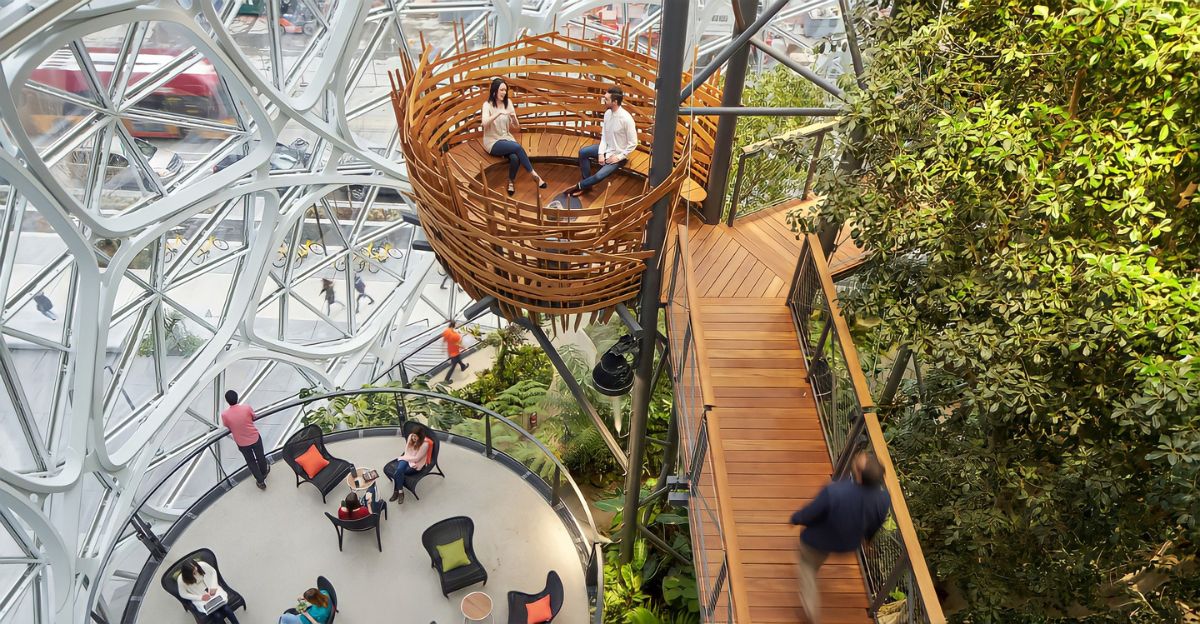
The interdisciplinary nature of the newer architecture field, combines psychology, neuroscience, as well as architecture to potentially create an environment that positively influence our brain function, behavior, as well as our emotions. Nero architecture is based on empirical research regarding the brain processing sensory output and input.
In essence, this means that all elements of design are carefully considered to create specific psychological and neurological effects. An example here of would be that natural light has shown to regulate circadian rhythms which intern improves our sleep, as well as our mood on the other hand other colors could evoke alertness or calmness.
Historical Evolution
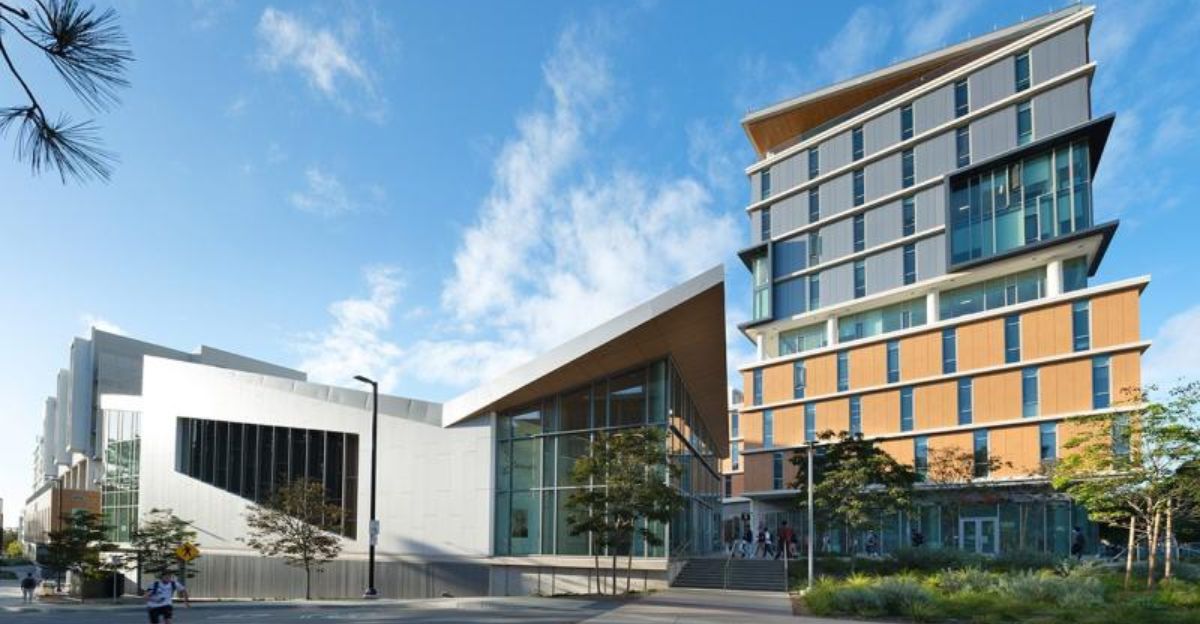
Speaking to the foundations of Neuro architecture, it is shown that in the 2000s architect began to collaborate with neuroscientists to potentially explore how to build the best environment for brain function. The Academy of Neuroscience for Agriculture (ANFA) was formalized in 2003 and has adopted and interdisciplinary approach.
In the mid-20th century, we could observe a rise in environmental psychology, which laid the basis for studying how physical spaces could influence our mood or behavior. Narrow architecture bolt on these premises by using brain imaging techniques, such as EEG and fMRI scans to have a closer look as to how specific architectural elements could affect different brain regions.
Current Trends Driving Neuro-Architecture

When we look at the current day, it is clear that neuro-architecture is gaining traction when it comes to mental health awareness, as well as neurodiversity. The American Society of Interior Designers (ASID) has proposed a neuro-inclusive design, which focuses on flexible environments that would accommodate an array of cognitive and sensory needs.
Here we see an integration of AI to be used for massive data-analytics to enable architects to gather real-time data on how people interact with the spaces that they create, and then use that data to refine their designs to ultimately optimize neurological outcomes. An example of how they would gather these daughter is by using wearable brain sensors, which can measure the stress levels of a person while in a specific space.
Neuro-Architecture’s Impact on Creativity and Innovation
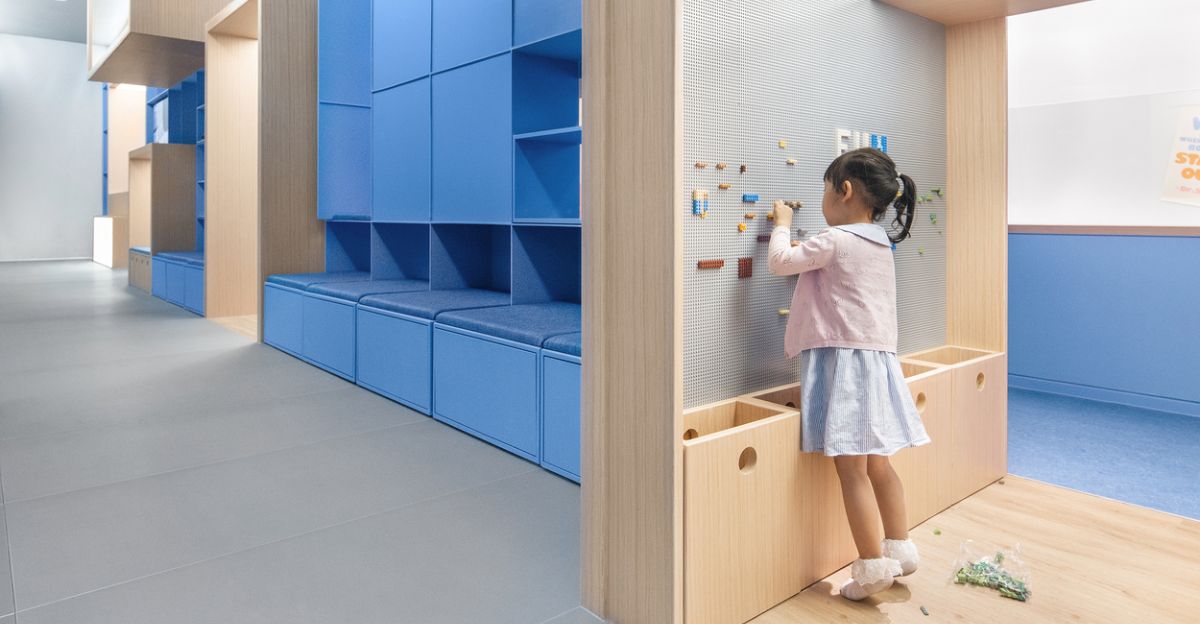
One thing we know is that the environment we find ourselves working and living in, could have a significant impact on our innovation capabilities, as well as our creativity. By using neuroscience, Neuro-architecture could design spaces that would enhance feelings of psychological safety, which could be a key for creative risk-taking, and motivation.
When we look at the spaces, that would promote curiosity and comfort we need stimulation to our prefrontal cortex as this is essential for out-of-the-box thinking and problem-solving. Thus away, we can receive this comfort or motivation is spending time in an environment with a Biophilic design. The Biophilic design is when there is a lot of natural greenery and views of nature, and this has been shown to lower cortisol levels, enhance cognitive flexibility, and even improve our moods.
Criticisms and Challenges
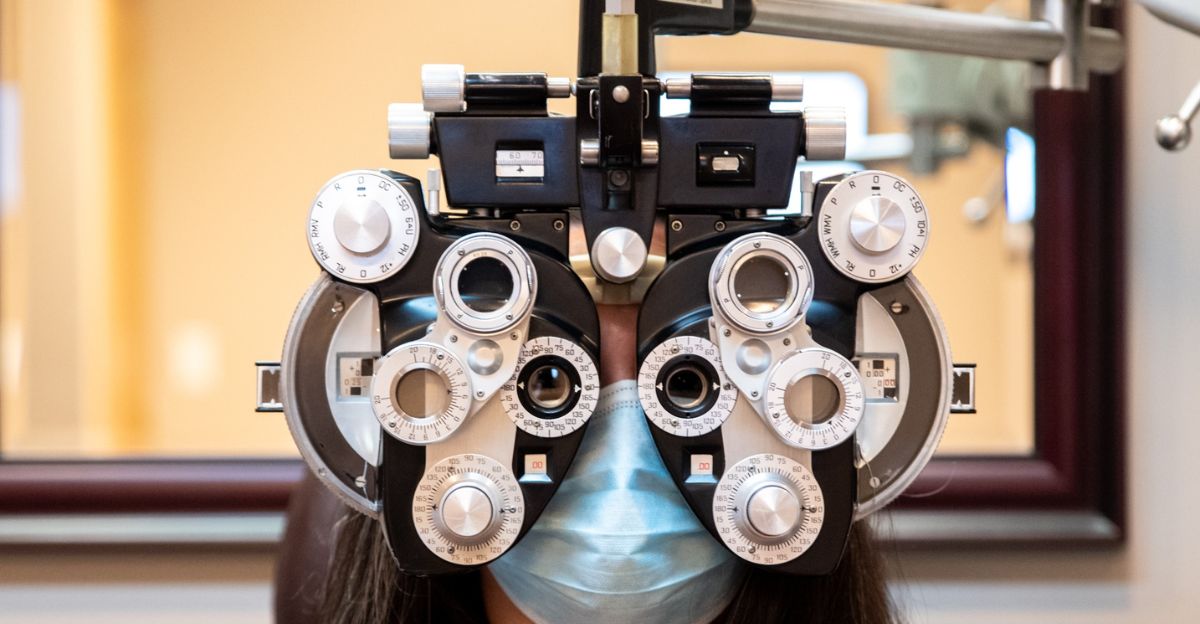
Although the Neuro architecture collaboration shows a lot of promise, it also faces a lot of skepticism and other challenges. There is a methodological difficulty of studying actual brain responses and connecting it with architecture in real world settings. Most studies done in the neuroscience field is done in controlled laboratory environments to achieve optimal data capturing.
Furthermore, the equipment, such as the FM or eye machines is quite emo and big which limit ecological validity. There needs to be a balance between the diverse needs without creating prohibitively expensive or overcomplicated environments. Thus the critics worn that oversimplifying the brain and environment connection could become only a marketing gimmick far removed from regular science.
Mental health

This could be seen as one of the most urgent domains where something like neuro-architecture could have a profound impact. Studies continue to show that well designed environments could lead to the reduction in anxiety, depression, and stress levels. An example here off would be hospitals who tried to use calming colors, natural lights, as well as views of nature to aid in patient recovery.
Work places and schools that have applied. The principles of Nero architecture have reported improved focus, and then individuals who work in these environments. By designing environments intentionally to support mental health would offer an intervention for the growing mental health crisis around the world.
Brain Inspired Design
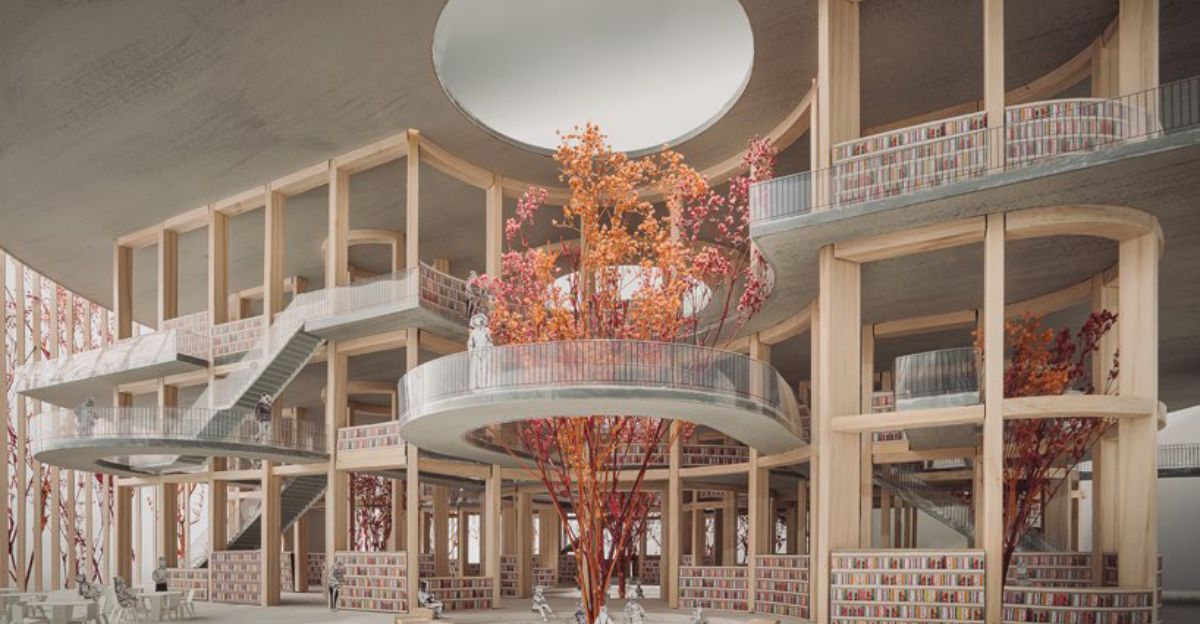
Within the approach of neuro-architecture, we can see that buildings or more dynamic spaces, capable of providing real time changes to the individuals near logical state. This could be done with the temperature, lighting, as well as acoustics that could all affect their alertness and relaxation of the individual in these environment.
This is revolutionary for understanding how to optimize your home, workplace, as well as other buildings, such as hospitals to make them more responsive, and human-centric. This type of architecture essentially challenges, the static nature, that traditional buildings possess and rather propose a collaboration between architecture and neuroscience to create living, breathing environments that will help rewire our minds.
Society and Cultural Implications

Examples here of would be the inclusion and cultural transformation of these spaces. This means that new architecture that are more inclusive could aid in bridging the gap for Neurodiverse populations because environments are created in a way that would accommodate for their different needs.
It is not only small spaces that could adopt this form of architecture, but also public spaces. If public spaces are designed in such a way that it could promote social interaction, reduce isolation and even enhance a feeling of community belonging, it would bring people back to reality out of a digital disconnect we see in the modern day.
Case Studies

In the UK, the Maggie’s Centers tried to design their spaces in support of cancer patients with natural light, openness and natural views. Studies of shown that all of these could aid in the reduction of anxiety and even improve the well-being of the individuals in such spaces. The Centre for Brain Health in the US has also incorporated neuroscience principles where they aim to optimize cognitive recovery and learning.
From a business workspace point of view, we can look at Google’s campuses around the globe, where they try to foster innovation and creativity through creating flexible and playful workspace, which balance focus and stimulation. Let’s look at another extreme where presents could also be designed as calming environments and effectively reduce recidivism and aggressive behavior in inmates.
Future Outlook
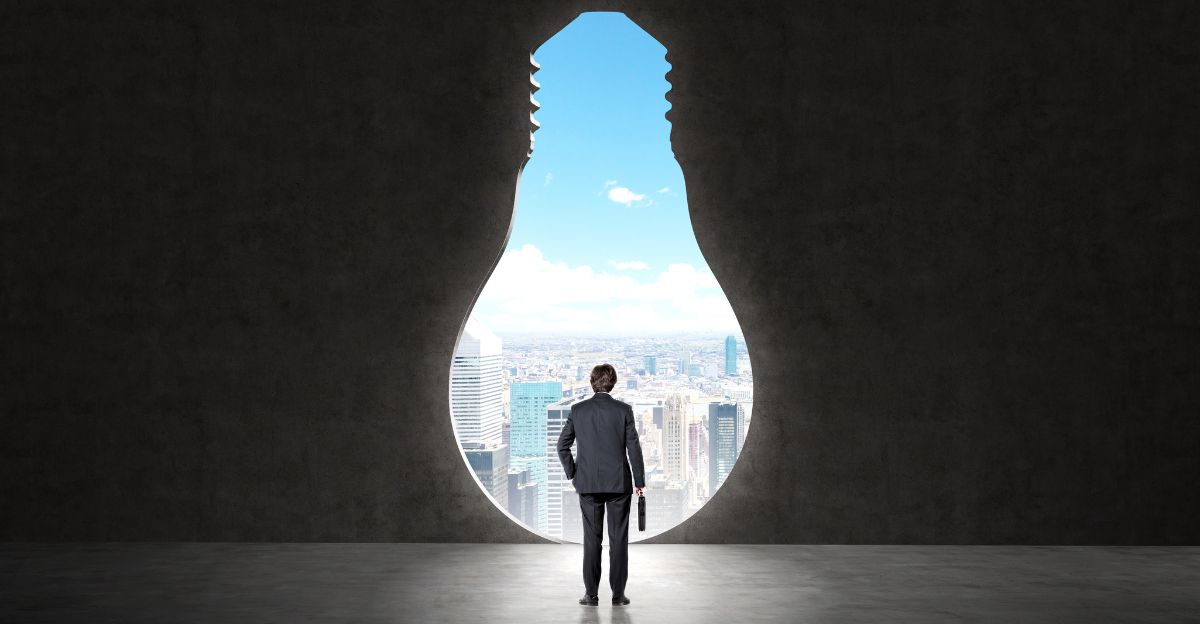
It is clear that new architecture is for more than just a modern day trend and could be a big shift and how we define the relationship between humans and their environment. Much more research is needed, but the studies that have been published show that when neuro-architecture is grounded in near science, it could offer scientifically validating methods to enhance mental health.
This approach aligns with bigger movements towards human centered, sustainability and designs, and could be a cornerstone of future architectural developments. We can already see a collaborative effort being put into this research methodology, which could lead to better economic, productivity, and social cohesion in the future. By making sure that we nurture our minds in the spaces we find ourselves in it could lead to more innovation and a more inclusive society.
Discover more trending stories and Follow us to keep inspiration flowing to your feed!

Craving more home and lifestyle inspiration? Hit Follow to keep the creativity flowing, and let us know your thoughts in the comments below!
